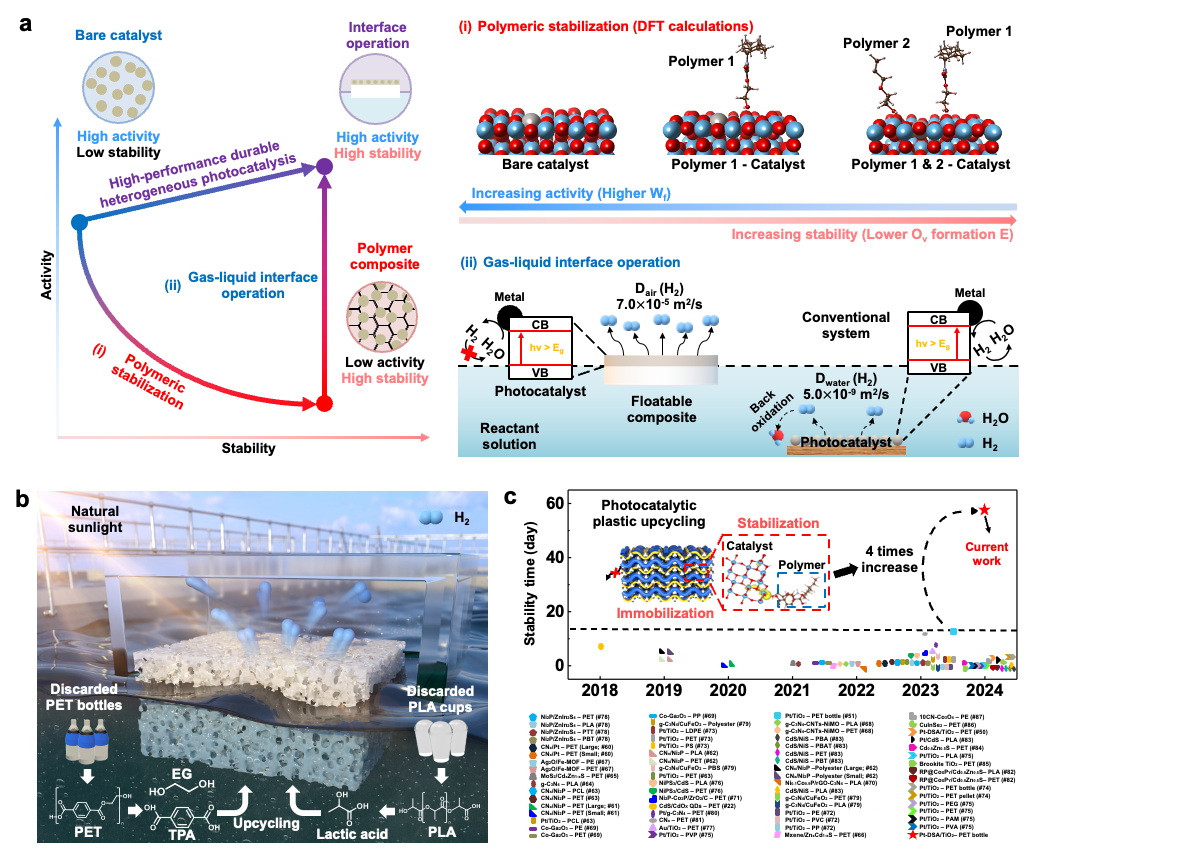2025-06-11 アルゴンヌ国立研究所(ANL)

Real-time magnon interference is demonstrated between two remotely coupled yttrium iron garnet spheres on a compact magnon-superconducting-resonator hybrid circuit. (Image by Yi Li and Valentine Novosad/Argonne National Laboratory.)
<関連情報>
- https://www.anl.gov/article/harnessing-magnons-for-a-quantum-computing-future
- https://www.nature.com/articles/s41467-025-58482-2
- https://journals.aps.org/prl/abstract/10.1103/PhysRevLett.128.047701
- https://journals.aps.org/prl/abstract/10.1103/PhysRevLett.123.107701
マグノン-超伝導-共振器ハイブリッド回路における単発マグノン干渉 Single-shot magnon interference in a magnon-superconducting-resonator hybrid circuit
Moojune Song,Tomas Polakovic,Jinho Lim,Thomas W. Cecil,John Pearson,Ralu Divan,Wai-Kwong Kwok,Ulrich Welp,Axel Hoffmann,Kab-Jin Kim,Valentine Novosad & Yi Li
Nature Communications Published:17 April 2025
DOI:https://doi.org/10.1038/s41467-025-58482-2
Abstract
Magnon interference is a hallmark of coherent magnon interactions. In this work, we demonstrate single-shot magnon interference using up to four magnon pulses in two remotely coupled yttrium iron garnet spheres mediated by a coplanar superconducting resonator. By exciting one YIG sphere with injected microwave pulses, we achieve coherent energy exchange between the two spheres, facilitating their interference processes, including Rabi-like oscillation with a single pulse, constructive and destructive interference with two pulses, and interference peak sharpening with up to four pulses—analogous to diffraction grating in optical interference. The resulting interference patterns can be precisely controlled by changing the frequency detuning and time delay of the magnon pulses. The demonstration of time-domain coherent control of remote magnon interference opens new pathways for advancing coherent information processing through multi-operation, circuit-integrated hybrid magnonic networks.
超伝導回路を介した2つの遠隔マグノニック共振器のコヒーレント結合 Coherent Coupling of Two Remote Magnonic Resonators Mediated by Superconducting Circuits
Yi Li, Volodymyr G. Yefremenko, Marharyta Lisovenko, Cody Trevillian, Tomas Polakovic, Thomas W. Cecil, Peter S. Barry, John Pearson, Ralu Divan et al.
Physical Review Letters Published: 24 January, 2022
DOI: https://doi.org/10.1103/PhysRevLett.128.047701
Abstract
We demonstrate microwave-mediated distant magnon-magnon coupling on a superconducting circuit platform, incorporating chip-mounted single-crystal Y3Fe5O12 (YIG) spheres. Coherent level repulsion and dissipative level attraction between the magnon modes of the two YIG spheres are demonstrated. The former is mediated by cavity photons of a superconducting resonator, and the latter is mediated by propagating photons of a coplanar waveguide. Our results open new avenues toward exploring integrated hybrid magnonic networks for coherent information processing on a quantum-compatible superconducting platform.
オンチップ強磁性超伝導薄膜デバイスにおけるマグノンとマイクロ波光子との強い結合 Strong Coupling between Magnons and Microwave Photons in On-Chip Ferromagnet-Superconductor Thin-Film Devices
Yi Li, Tomas Polakovic, Yong-Lei Wang, Jing Xu,, Sergi Lendinez, Zhizhi Zhang, Junjia Ding, Trupti Khaire, Hilal Saglam, et al.
Physical Review Letters Published: 3 September, 2019
DOI: https://doi.org/10.1103/PhysRevLett.123.107701
Abstract
We demonstrate strong magnon-photon coupling of a thin-film Permalloy device fabricated on a coplanar superconducting resonator. A coupling strength of 0.152 GHz and a cooperativity of 68 are found for a 30-nm-thick Permalloy stripe. The coupling strength is tunable by rotating the biasing magnetic field or changing the volume of Permalloy. We also observe an enhancement of magnon-photon coupling in the nonlinear regime of the superconducting resonator, which is attributed to the nucleation of dynamic flux vortices. Our results demonstrate a critical step towards future integrated hybrid systems for quantum magnonics and on-chip coherent information transfer.



